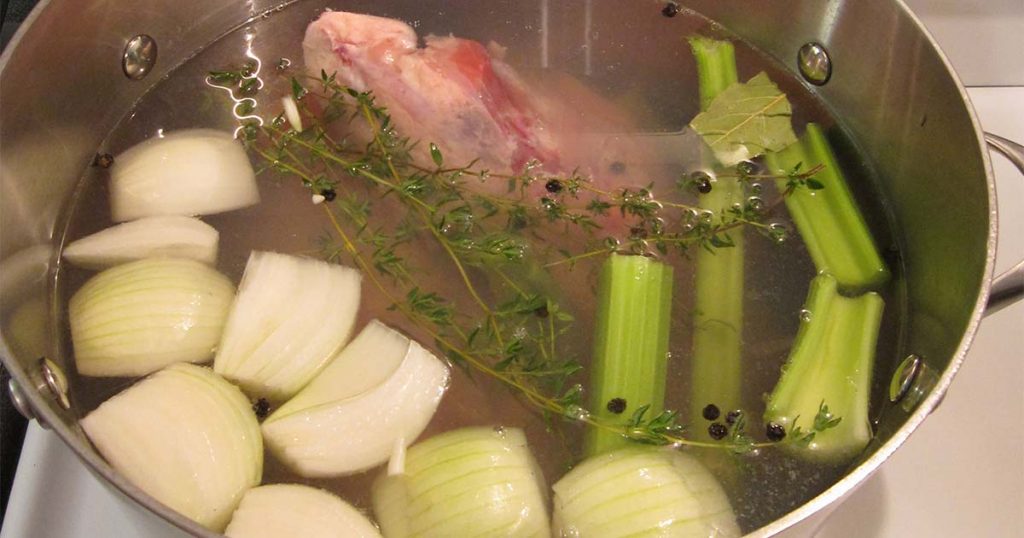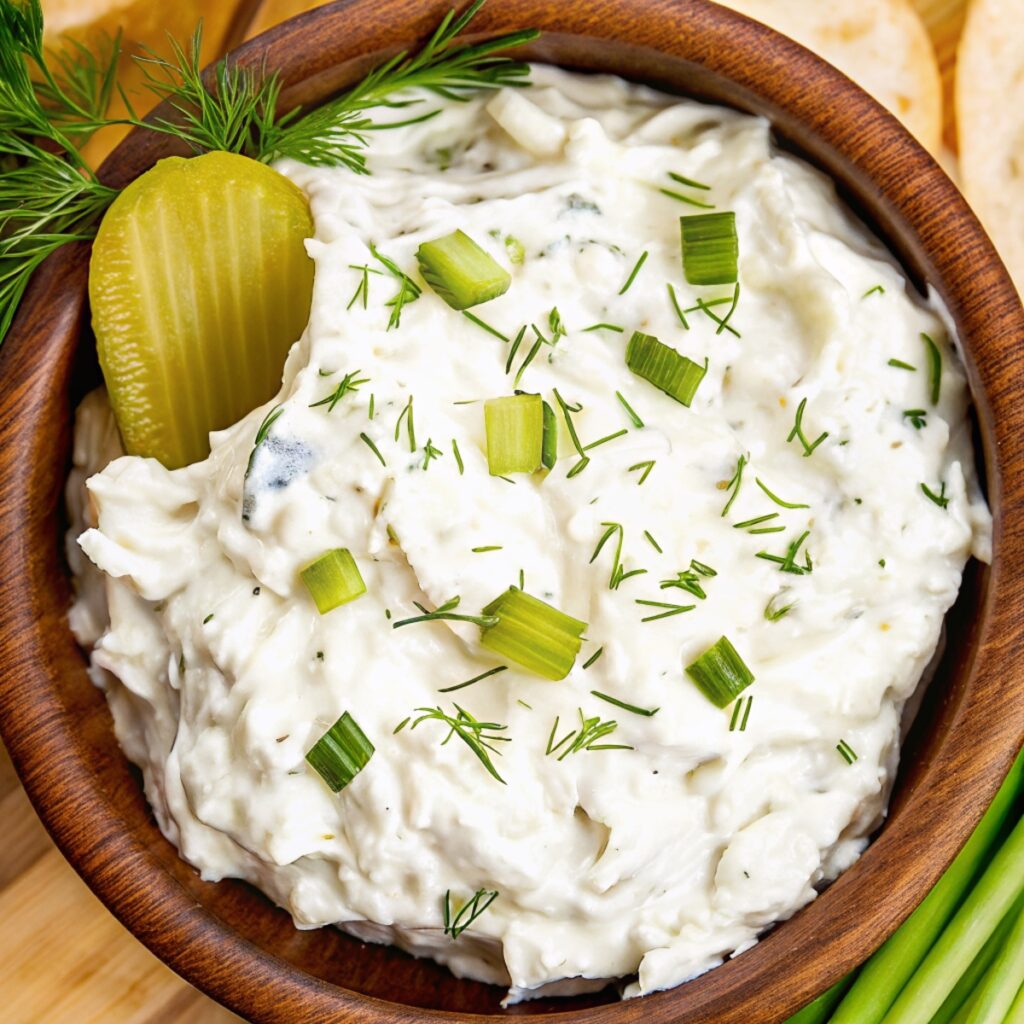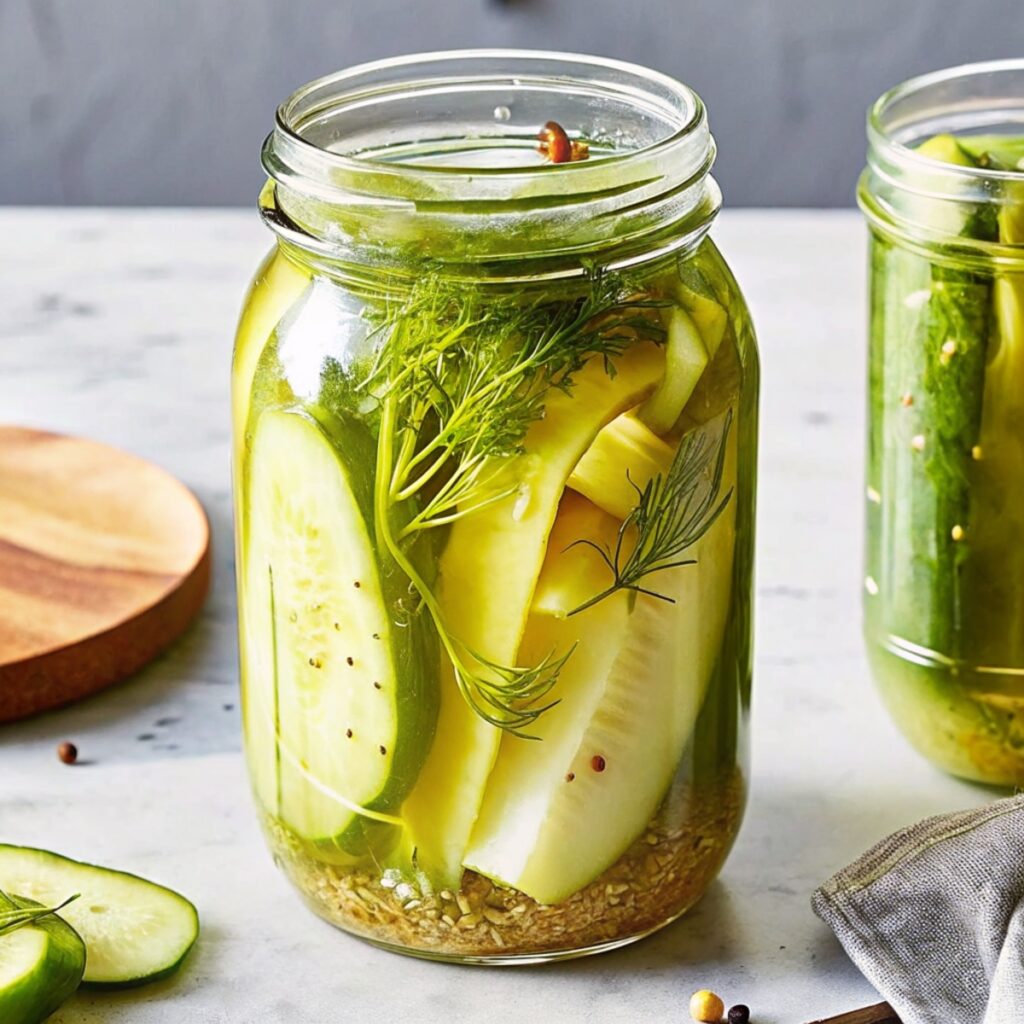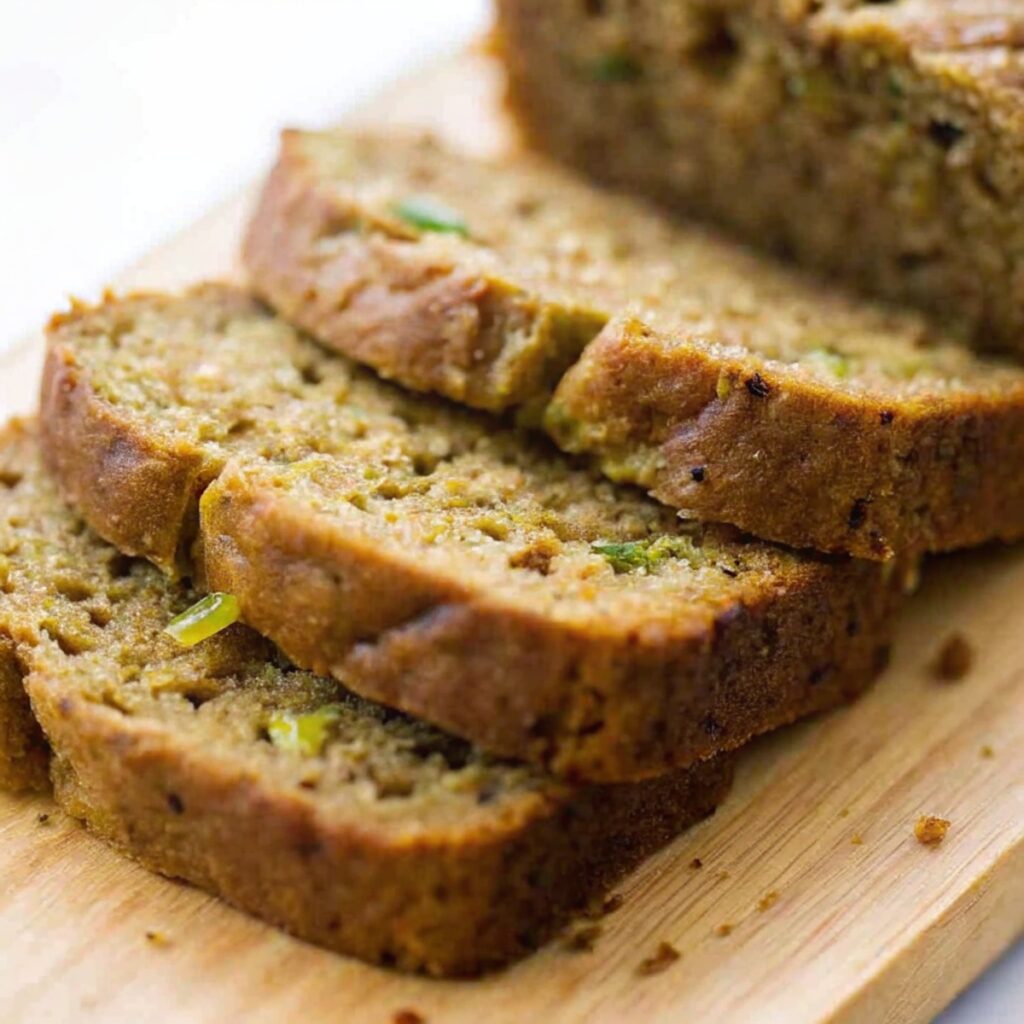I’ve been saving up my chicken carcasses from roasts for a couple of months now, just popping them into a freezer bag after each meal. I reached 4 carcasses last week so it was the perfect time to make a big pot of chicken stock to use in all my spring recipes.
Making your own homemade stock seems laborious and a bit wasteful (since I personally throw out all the vegies afterward, but you don’t have to), but it does let you control the amount of salt in it as well as leave it free of any preservatives, colours or artificial flavours. Before you start, you should know that homemade chicken stock doesn’t taste like shop bought – you might find it lacking in flavour the first time you do it, or not “chicken-y” enough, but don’t worry, that’s just because most store bought chicken stocks are very high in sodium (even the reduced salt ones) which is what makes you think it’s “tasty”.
Be careful not to add too much water as well. I use 6 cups of water for every 500 grams of bones. If your stock turns out tasting like water, then you’ve used a bit too much. You can try reducing the prepared stock a bit to concentrate the flavour. If that doesn’t work, don’t worry – mix it with 25% store bought stock and while it won’t be fully homemade, you will have done the best you could! 🙂
Makes approximately 2.5 liters of stock
- 2 lbs chicken bones/carcasses/leftovers (if it’s chicken, you can use it)
- 1 large carrot, chopped
- 2 celery sticks, chopped
- 1 large onion, peeled and chopped
- 2 leeks, halved and chopped
- 1 bulb of garlic, cut in half horizontally
- 2-3 fresh or dried bay leaves
- A few sprigs of thyme
- 2 stalks of parsley (leaves and stems)
- 1 teaspoon black peppercorns, lightly crushed
- 1 teaspoon sea salt flakes
- 12 cups/ cold water
Place everything into a stock pot and cover with the water. With the heat up high, bring it up to the boil as quickly as possible (put the lid on).
If you want to you can also start the vegetables and carcasses off on the heat, sauteeing for 5 minutes to release some of the flavours from the ingredients. Obviously don’t add the water until after you’ve done this!
Once boiling, use a ladle or spoon to skim any impurities off the top. If you’re terrible at this or can’t be bothered, don’t worry as I have a solution for you later..
Turn the heat down to a simmer and let the stock bubble away for 40-60 minutes. You don’t need to do it for hours on end, as you don’t want the vegetables to become overcooked and impart that gross, overcooked vegetable flavour into the stock.
If you’ve skimmed off all your impurities, just pass the stock through a sieve, then through muslin if you want it even more pure (I find this removes any excess fat). If you’re lazy like me, you can just sieve the stock to remove the vegetables, then freeze it in ice cube trays or one big block (make sure it will fit in the next step though!). Simply sit the frozen stock block over muslin and let it defrost (don’t be tempted to microwave defrost it, as this won’t work). Any impurities and fat will remain in a jelly-like mess towards the end, so just discard that. You will have clear, beautiful stock.






